

I. Projection of the self: perfomance
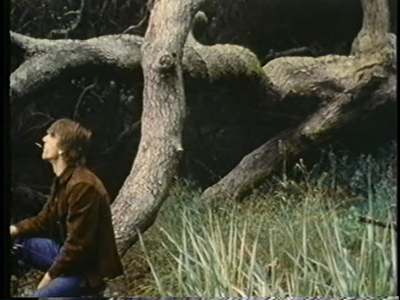
(LA Plays Itself, Fred Halsted, 1972)
''Give me a body then' : this is the formula of philosophical reversal. The body is no longer the obstacle that separates thought from itself, that which it has to overcome to reach thinking. It is on the contrary that which it plunges into or must plunge into, in order to reach the unthought, that is life. Not that the body thinks, but, obstinate and stubborn, it forces us to think what is concealed from thought, life... The categories of life are precisely the attitudes of the body, its postures... 'Give me a body then' is first to mount the camera on an everyday body. The body is never in the present, it contains the before and the after, tiredness and waiting. Tiredness and waiting, even despair are the attitudes of the body...
“But there is another pole to the body, another cinema-body-thought link. 'To give' a body, to mount a camera on the body, takes on a different sense: it is no longer a matter of following and trailing the everyday body, but of making it pass through a ceremony, of introducing it into a glass cage or a crystal, of imposing a carnival or a masquerade on it which makes it into a grotesque body, but also brings out of it a gracious and glorious body, until at last the disappearance of the visible body is achieved.” (Gilles Deleuze, The Time-Image)

(Normal Love, Jack Smith, 1963)
II. Projection of the self: the mirror and the sea



(Bike Boy, Andy Warhol, 1967)
“Bike Boy enacts a scenario of an attractive, “unspoiled” working class naïf interacting with members of the “in crowd.” Through repetition this scenario assumes the status of an archetype. The earnest bumpkin who can’t talk properly and doesn’t know the rules of the game makes his way through the ethereal bohemian reaches of New York’s class society. He is an object of desire, but he is constantly reminded of his place in the world by the people who desire him. He is the subject of the film, a bike boy, but he remains opaque and uncommunicative.” (William E. Jones)

(Jerovi, José Rodriguez-Soltero, 1965)
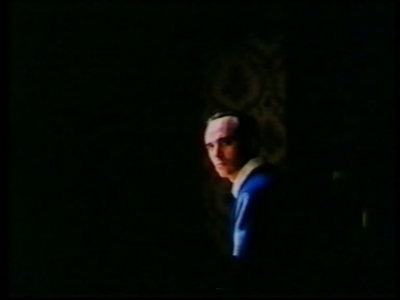


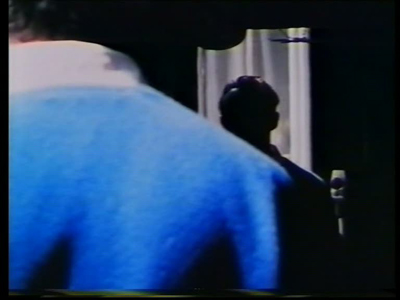

(Les Antiquités de Rome, Jean-Claude Rousseau, 1989)
III. Destined to see what is illuminated, not the light.

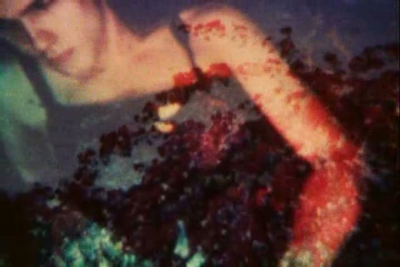
(Garden of Luxor, Derek Jarman, 1972)
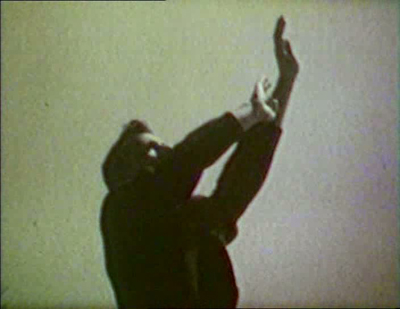
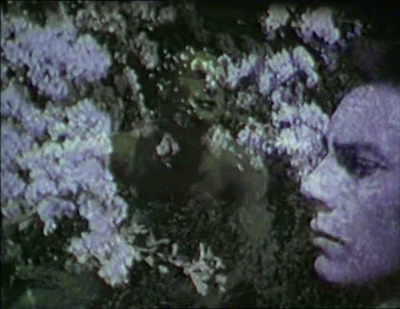
(The Angelic Conversation, Derek Jarman, 1985)
"The flesh is not matter, in the sense of corpuscles of being. Flesh... is not mind, is not substance. To designate it, we should need the old term 'element', in the sense it was used to speak of water, air, earth, and fire, that is, in the sense of a general thing, midway between the spatio-temporal individual and the idea, a sort of incarnate principle that brings a style of being wherever there is a fragment of being. (Maurice Merleau-Ponty, The Visible and the Invisible)
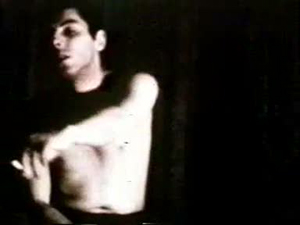
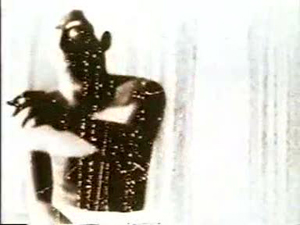
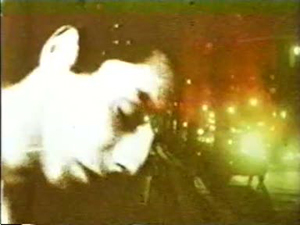

(Oblivion, Tom Chomont, 1969)

“Light illuminates – this means that light hides itself: this is its malicious trait. Light illuminates: what is illuminated by light presents itself in an immediate presence that discloses itself without disclosing what makes it manifest. Light effaces its traces: invisible, it renders visible; it guarantees direct knowledge and ensures full presence, all the while holding itself back in that which is indirect and suppressing itself as presence. Light’s deception, then, would be in the fact that it slips away in a radiating absence, infinitely more obscure that any obscurity, since the absence proper to light is the very act of its light, its clarity, and since the work of light is accomplished only when light makes us forget that something like light is at work (thus making us forget, in the evidency in which it holds itself, all that it supposes the relation to unity to which light returns and that is its true sun). Clarity – the non-light of light, the non-seeing of seeing. Light is thus (at least) doubly deceptive: because it deceives us as to itself, and deceives us in giving as immediate what is not immediate, as simple what is not simple. (...) But the most serious problem – in any case, the one with the gravest consequences – remains the duplicity by which light causes us to have confidence in the simplicity of the act of seeing, proposing immediation to us as the model of knowledge whereas light itself, out of sight and in a hidden manner, acts only as mediator, playing with us through the dialectic of illusion.” (Maurice Blanchot, The Infinite Conversation)
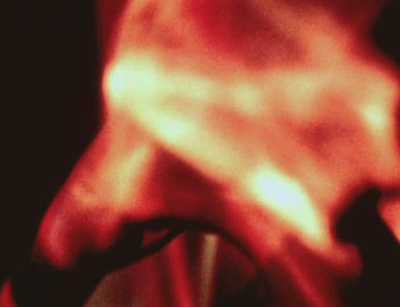
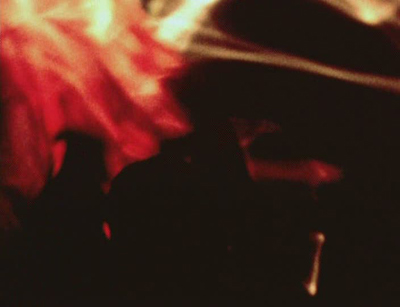
(Death and Transfiguration, Jim Davis, 1961)